
Know more. Use Lola.
The flagship of a new generation
First, let’s freshen up our memory about Holland’s Theory
Lola is based on the theoretical model that was introduced by John L. Holland (1919-2008). His theory is one of the fundamental ways of looking at career choices and Person-Environment Fit issues.
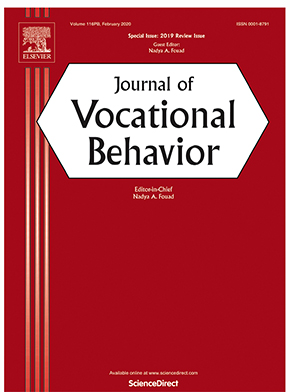
For the connoisseurs: a reference to John Holland's honeycomb-shaped model can still be found in the layout of the Journal of Vocational Behavior.
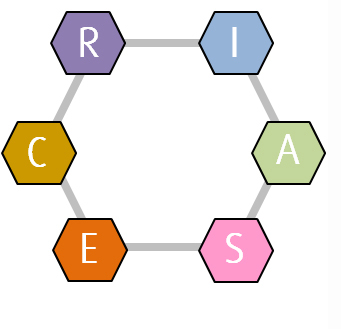
Six types of people, six types of work
The core of Holland's theory can be summarized in four sentences:
1) There are six types of work environment (R,I,A,S,E and C) and six corresponding types of people.
2) Real work environments and real people contain a mix of the six standard types.
3) This mix is called RIASEC profile or Holland profile or Holland code.
4) The better the fit between an individual’s profile and an environment's profile, the more contented, effective and motivated the individual will be while working in that specific environment.
Early on in his career, as a psychologist in the Army, John Holland started to notice certain patterns in the behavior, likes and dislikes, attitudes and skills of people. This led to the following six characterisations. Notice that these are types. So not every trait has to be present in everyone. Some people will be very similar to the theoretical type and in other cases there will be no more than a moderate resemblance.
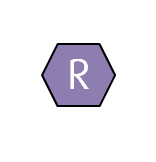 The Realistic type is practical and hands-on. People who love the outdoors, being physically active and keeping things simple. They like making, building or repairing stuff: working towards visible results. They love things like tools and big machines. They like nature (plants, animals, natural environment) and they don't shy away from activities that others would find dirty or dangerous.
The Realistic type is practical and hands-on. People who love the outdoors, being physically active and keeping things simple. They like making, building or repairing stuff: working towards visible results. They love things like tools and big machines. They like nature (plants, animals, natural environment) and they don't shy away from activities that others would find dirty or dangerous.
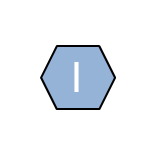 The Investigative type is thoughtful, curious and eager to learn. People who like observing, thinking and studying. They like to understand stuff. Why and how things work, what the principle behind something is, how things do connect and what the reason is that something happened. They like stem-related subjects (science, technology, engineering and mathematics) and are interested in Information and communication technology (IT, computers, software).
The Investigative type is thoughtful, curious and eager to learn. People who like observing, thinking and studying. They like to understand stuff. Why and how things work, what the principle behind something is, how things do connect and what the reason is that something happened. They like stem-related subjects (science, technology, engineering and mathematics) and are interested in Information and communication technology (IT, computers, software).
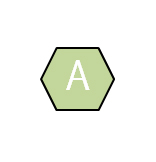 The Artistic type is creative, imaginative and non-conformistic. Art can have many forms, the Artistic type usually will have a strong tendency to make things more attractive, fun or beautiful, to express feelings in forms that will entertain, surprise or shock others. Doing things in a different way and thinking and working outside-the-box are important. Artistic types will enjoy classical forms of art (like sculptures or opera) as well as modern, applied forms, like pop music, industrial design, architecture and fashion.
The Artistic type is creative, imaginative and non-conformistic. Art can have many forms, the Artistic type usually will have a strong tendency to make things more attractive, fun or beautiful, to express feelings in forms that will entertain, surprise or shock others. Doing things in a different way and thinking and working outside-the-box are important. Artistic types will enjoy classical forms of art (like sculptures or opera) as well as modern, applied forms, like pop music, industrial design, architecture and fashion.
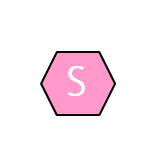 The Social type is friendly, agreeable and eager to help others. These are caring people with a drive to help and protect those who can't take care of themselves. The Social type likes informing, teaching, coaching and developing others. They are altruistic (doing something for others without expecting something in return): for the Social type, the possibility to help someone is rewarding in itself.
The Social type is friendly, agreeable and eager to help others. These are caring people with a drive to help and protect those who can't take care of themselves. The Social type likes informing, teaching, coaching and developing others. They are altruistic (doing something for others without expecting something in return): for the Social type, the possibility to help someone is rewarding in itself.
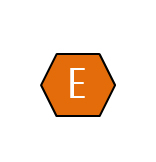 The Enterprising type is active, dominant and goal oriented. People who want to be in the driving seat. Often not very patient, they will show intitiative and they really like to get things started. They are usually effective at organising and they tend to end up in work settings that fit their confidence, drive, energy and social skills. Examples are running their own business, management positions, sales and politics.
The Enterprising type is active, dominant and goal oriented. People who want to be in the driving seat. Often not very patient, they will show intitiative and they really like to get things started. They are usually effective at organising and they tend to end up in work settings that fit their confidence, drive, energy and social skills. Examples are running their own business, management positions, sales and politics.
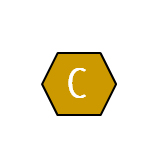 The Conventional type is precise, orderly and thorough. People who like structure and predictability in their work. They like working with data, numbers, rules and regulations. The Conventional type is good with money and will usually enjoy tasks involving finances, bookkeeping and budgetting.
The Conventional type is precise, orderly and thorough. People who like structure and predictability in their work. They like working with data, numbers, rules and regulations. The Conventional type is good with money and will usually enjoy tasks involving finances, bookkeeping and budgetting.
After this short introductionary / refresher course, let's have a look at the way Holland's theoretical framework is extended.
Lola's distinctive features
Characteristics that set Lola apart from your run-of-the-mill questionnaire
The three most important distinctive features are:
- Sixteen underlying interest components
- Different levels of interest-intensity
- The Change Indicator
1. From 6 types to 16 components: a hierarchical structure of interests
Because the use of six types of interests left us with a need for more in-depth analysis, Dingemanse, De Fruyt and Wille have defined a structure of sixteen underlying interest components. Lola uses this fine-grained setup. The figure below illustrates the relation between the six Holland types and their 16 building blocks.
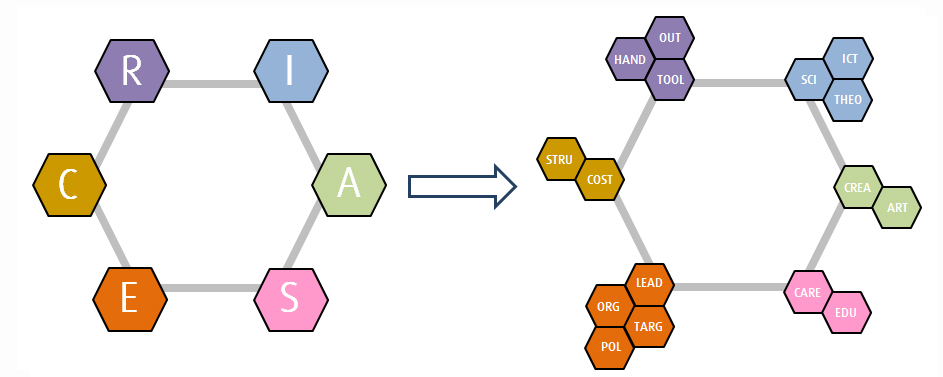
Note that it is not symmetric. The well known Holland types are represented by two, three or four components.
Using this system, you gain detailed knowlegde about our client's preferences, without having to get used to a new theory. You can still build on your existing knowlegde and experience. But now you know a lot more. It is easier to see where possible problems lie. Talking to clients becomes more efficient because there is more focus on the issues that matter most. This makes Lola an effective tool: a knowlegde gainer as well as a timesaver.
A case! It's a case!
Let’s see how this translates to a real life case. Meet Samantha. She's a 22 years old intern at LowLands. Samantha is a bachelor student in Applied Psychology. This is her Holland profile:
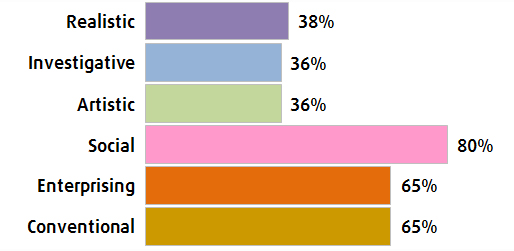
The top-three preferences are Social, Enterprising and Conventional. Social suggests that she likes working with people, especially helping others. Enterprising means that she probably likes to take the initiative and that she has a sense of responsibility. The 65% score on Conventional suggests that she likes to work in a structured way. The three highest scores give us a global idea about what makes Samantha tick.
But still, there are questions. Actually: loads of questions. For example: what to think of the other three results? Realistic, Investigative and Artistic have percentage-scores between 35% and 40%. Granted: those scores are not high. And certainly not in the top-three. But at the same time: 36% is not really low, so just ignoring these results would be a bit sloppy. To get an idea about what these results mean for Samantha, we should have a chat with her and get her to talk about these subjects. A solid interview will give us the information we need to assess whether Realistic, Investigative and/or Artistic are relevant for our ideas about the best advice for Samantha.
In the old situation, talking about the results and asking questions was the only option. With Lola, we now have loads of extra information to explore. Let's see what the underlying components can tell us:
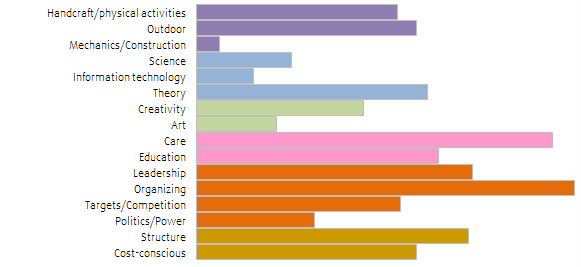
For the sake of clarity, we removed the percentages in this graph. In this context, it's primarily about the pattern of the results, not about the exact percentage-scores for each component. The first thing that stands out, is that this profile shows more differentiation than the 6-type-profile.
Now, let's focus on Samantha's preferences regarding the Investigative type, the blue bars in the graph:
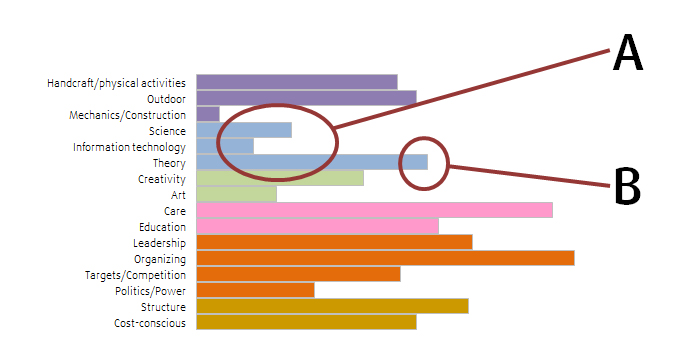
A: To be interested in STEM subjects (Science, Technology, Engineering and Mathematics), to like computer sciences, programming, developing software tools and applications, analyzing and solving iT-related problems.
B: To have a strong preference for intellectual activities such as learning, solving puzzles and abstract thinking. To want to understand the how and why of processes and events.
There is quite a gap between the A and B results. So from these outcomes, we learn that Samantha likes to think, study and is eager to learn. But she doesn’t like the exact sciences that much.
Next, we have a closer look at her preferences for Realistic and Artistic activities:
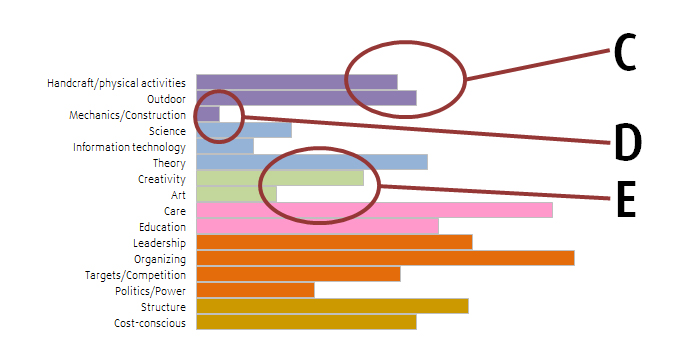
C: She does like being active and physical, and she likes the outdoors, but she has no interest in tools, machines or in repairing or maintaining machinery (D).
E: None of the Artistic-components show a particularly high score. So we don’t need to invest too much time in these subjects. There are lots of other things that are more interesting to Samantha.
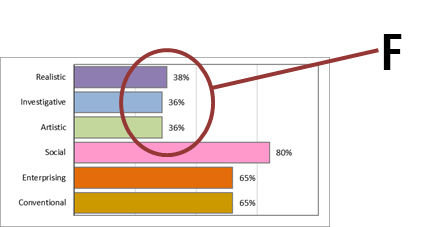
As a result of our look 'below the surface', we now know more about how to understand these three hard-to-interpret outcomes (F). So we can avoid irrelevant subjects and talk with Samantha about what is really important to her. Understanding and combining the 16 components opens up a lot of insight into the preferences of people.
2. Different levels of interest-intensity: how 'real' is your preference?
Suppose we would confront you with this statement:
- I like sports
And lets assume that you do like sports, so your response is "Totally agree". What does that actually tell us?
It is possible that you are a well-trained athlete, from a family of well-trained athletes, that you can't live without sports and that you run at least 10 miles each week. You want to be the best in everything you do, you hate losing and you are dead serious about your fitness.
It's also possible that don't worry at all about your fitness, but still love sports. You watch a lot of games on tv, while drinking beer and eating snacks with your mates. In this example, your love for sports probably has a lot to do with the social part of sharing a passion. But in both cases, the statement "I like sports" is correct.
Lola gathers information on different levels of interests: some items explore mild or passive forms of interests, without obligations or negative consequences. Like "I like helping people". Other items are more consequential. They explore the intense side of interests, the put-your-money-where-your-mouth-is kind of interests, like "I'd like to work with difficult groups, such as addicts, detainees or juvenile delinquents".By using different kinds of items, the outcomes get more depth, more nuance.
Another effect of using items with a variation of intensity, is that the outcomes become more reliable. Consider this example:
- I would like to be able to work outside, in the fresh air
and
- I want to work outdoors, whatever the circumstances. Too hot, too cold, too wet: I don’t care.
The first statement probably would be quite popular with the general population. The second is more selective, because it's popular only with the ‘die-hard outdoor type’ of person. Consequential interest- items have the effect of a reality check. As a result, Lola outcomes are realistic and reliable. In short, using different kinds of items enhances the practical value of Lola.
3. The Change Indicator
It can be hard to assess the need for change in a client. Sometimes the client finds it difficult to express her or his restlessness. Sometimes the professional has the feeling the client is understating or overstating the sense of urgency. That's why we introduced the "Change Indicator" (CI). It's a way to get some numerical grip on this relevant, but not easy to catch phenomenon.
The CI-score is based on two kinds of items: items that are dedicated to CI, like "At this point in my career, there is not much room for advancement". Other CI-items have more than one role: these are interest items that also contain an element of change, like "I would like to have more social interaction in my job".
Translated to a real life situation, this is how CI-outcomes can be interpreted:
- A high score on CI indicates a sense of urgency. The individual wants to change something about their work content or setting and they want it now: no more postponing, it’s time for action. Often, this points to clear push-factors in the current work setting.
- A mid level score indicates a need for change, but with conditions. There could be a vague ‘I want something else’ – idea.
- A low score usually indicates satisfaction and balance: the individual is quite content with the current state of affairs.
The Change Indicator is an effective way to identify restlessness. Just as with the other Lola-characteristics, it saves time and points you in the right direction. Together with the 16 components and the use of a variation of interest-levels, this makes Lola a sophisticated diagnostic instrument for work-related issues.
